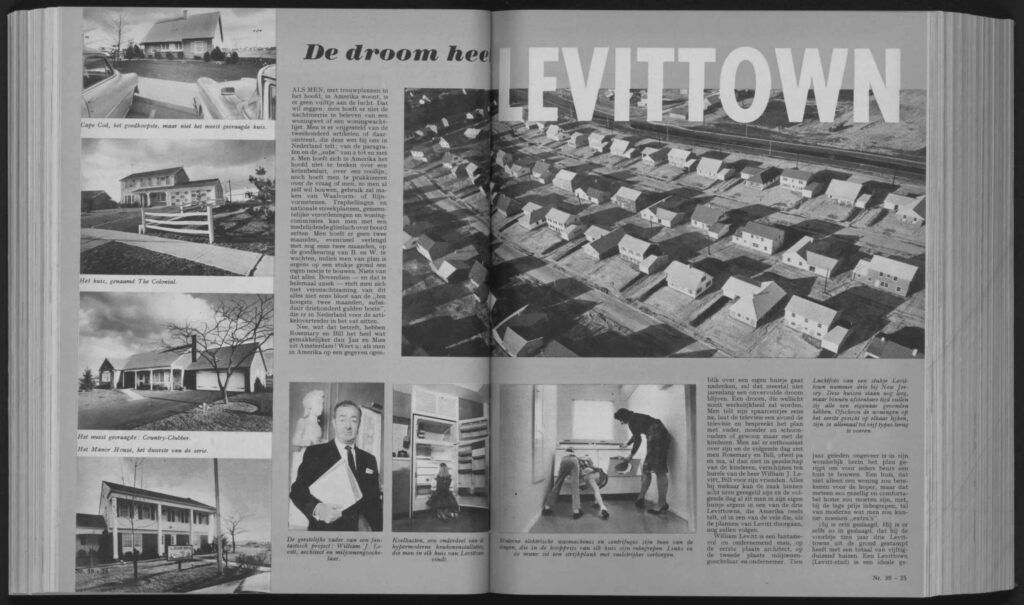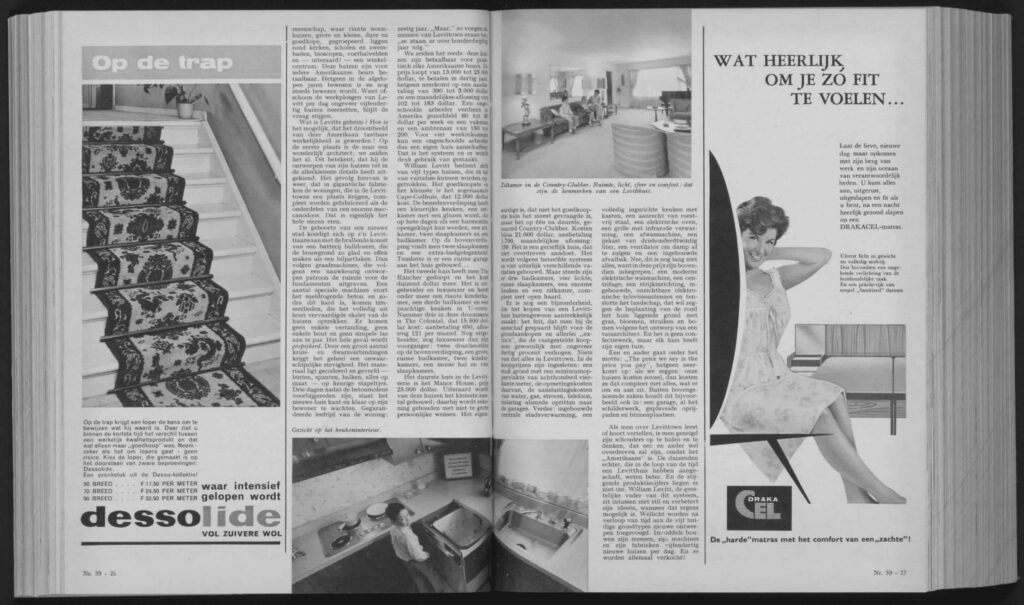Mediating the cold war
how did dutch people in the 1960s and 1970s look at american urbanization?
Suburbanization is a process of migration that sees residents living in the city move to its edges. The United States middle class started suburbanizing en masse in the immediate postwar years. A number of American suburbs, all called Levittown, marked the beginning of the suburban project in the United States. The Netherlands, which was severely weakened in those immediate postwar years, started suburbanizing about a decade later. Dutch suburbanization lasted around two decades, from roughly 1960 to 1975. In both countries, suburbs were built as a response to the growing population. How did the Dutch perceive American suburbanization?
The dream is called Levittown
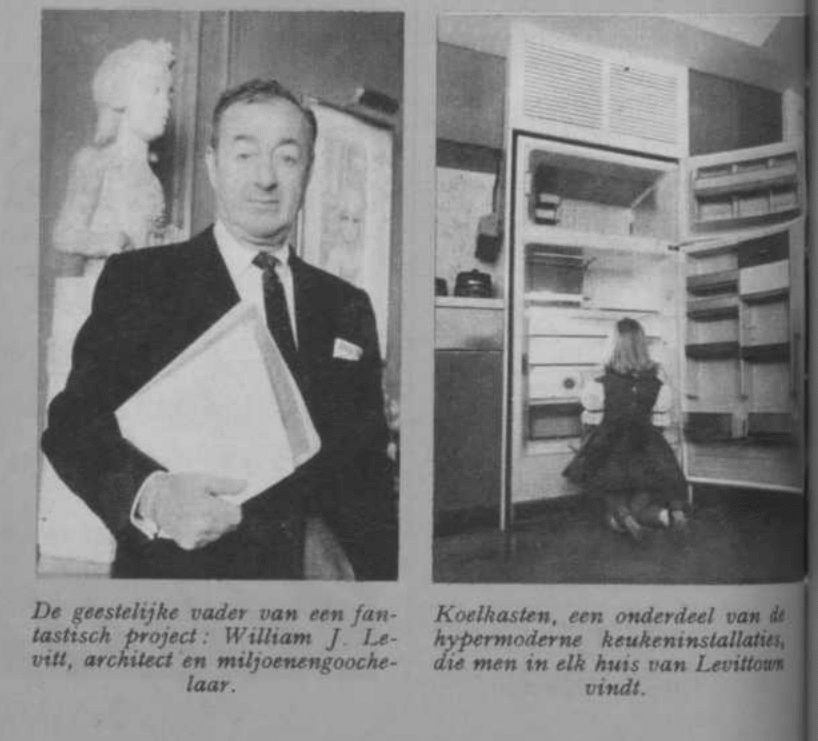
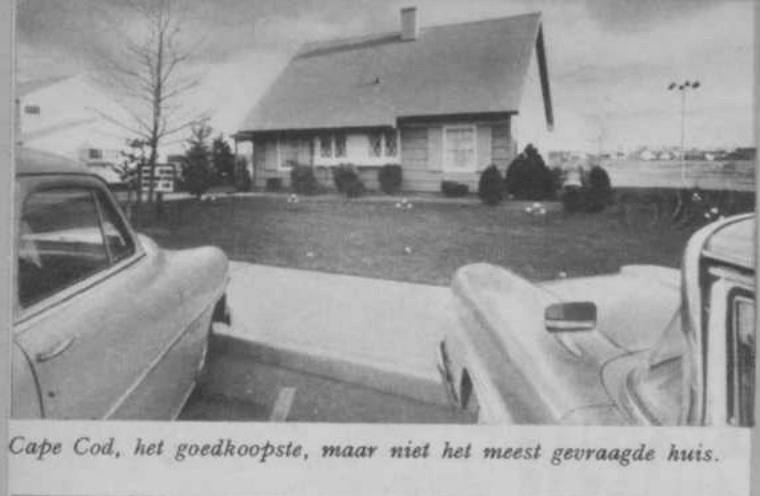
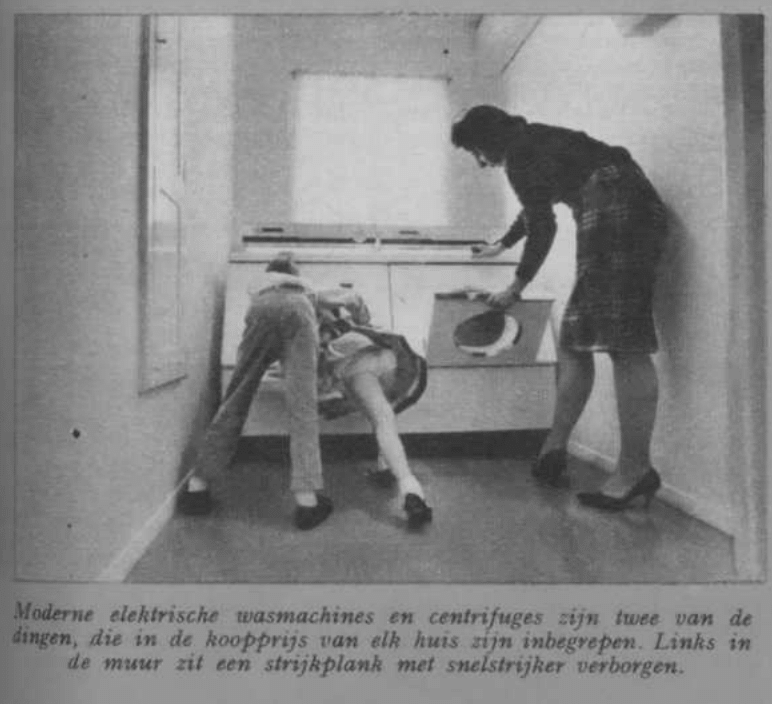
This article from Dutch magazine Beatrijs reveals part of the answer. When Dutch audiences viewed depictions of the American suburbs in newspapers and magazines, certain ideas were presented. This research set out to uncover those hidden ideas. It looked specifically at 1960s and 1970s Dutch newspapers and magazines. The Netherlands was suburbanizing at this time, whereas the United States had been suburbanizing already. What were the ideas surrounding American suburbs presented in Dutch newspapers and magazines?
Beatrijs, an old Dutch magazine focused on Catholic women, published an article titled “The Dream is called Levittown” in their 39th issue in 1961. As its title might already give away, the article details life in the then new, modern American suburbs called Levittown. It sketches a profoundly positive view of American suburbia. William Levitt, Levittown creator and developer, is pictured and described as thinking of a “fantastical project.” Levittown and the American suburb in general are presented as an ideal place to live and raise a family.
Dutch newspaper and magazine articles often connected the American suburbs to wealth. This article is no exception. The high tech appliances and luxuries that were standard to Levittown homes at the time are portrayed, praised and pictured in images and text that give a glimpse of middle class family life in Levittown. The pages of the article are decorated with images of the spacious living room and modern household appliances, such as the fridge and electric washing machines. Because this article was published in a magazine tailored to women, it is no surprise family life and the household are emphasized. Also included in the article are pictures of the different types of houses soon-to-be Levittown residents could choose from. It is noted the cheapest house of the selection, “Cape Cod,” is not the one that is most often picked. Instead, the “Country Clubber,” a large house and one of the most expensive ones, is the most popular house.
Images © “De Droom Heet Levittown”. Beatrijs: katholiek weekblad voor de vrouw. Haarlem, 30 September 1961. Accessed on Delpher: https://resolver.kb.nl/resolve?urn=MMKDC07:006807005:00020
A romanticized image
The way Dutch audiences looked to the American suburb was influenced by articles like these. Articles mention the better quality of living and the practicality of living in the suburbs. This article is illustrative of the research in general, but is extraordinarily explicit in its praise for the American suburbs. The picture that is painted is a pretty one; there is no mention of any problems surrounding those early suburbs, such as its segregation. The article only mentions the middle class residents of Levittown and how great their life is living in Levittown. Though American suburbs were first developed as a refuge for the middle class to escape the dirty city, making the diversity in class and race of those living in Levittown relatively low, there is no mention of this historical context in the article. This might have influenced the Dutch readership to get a romanticized image of the American suburbs that was not completely true.
